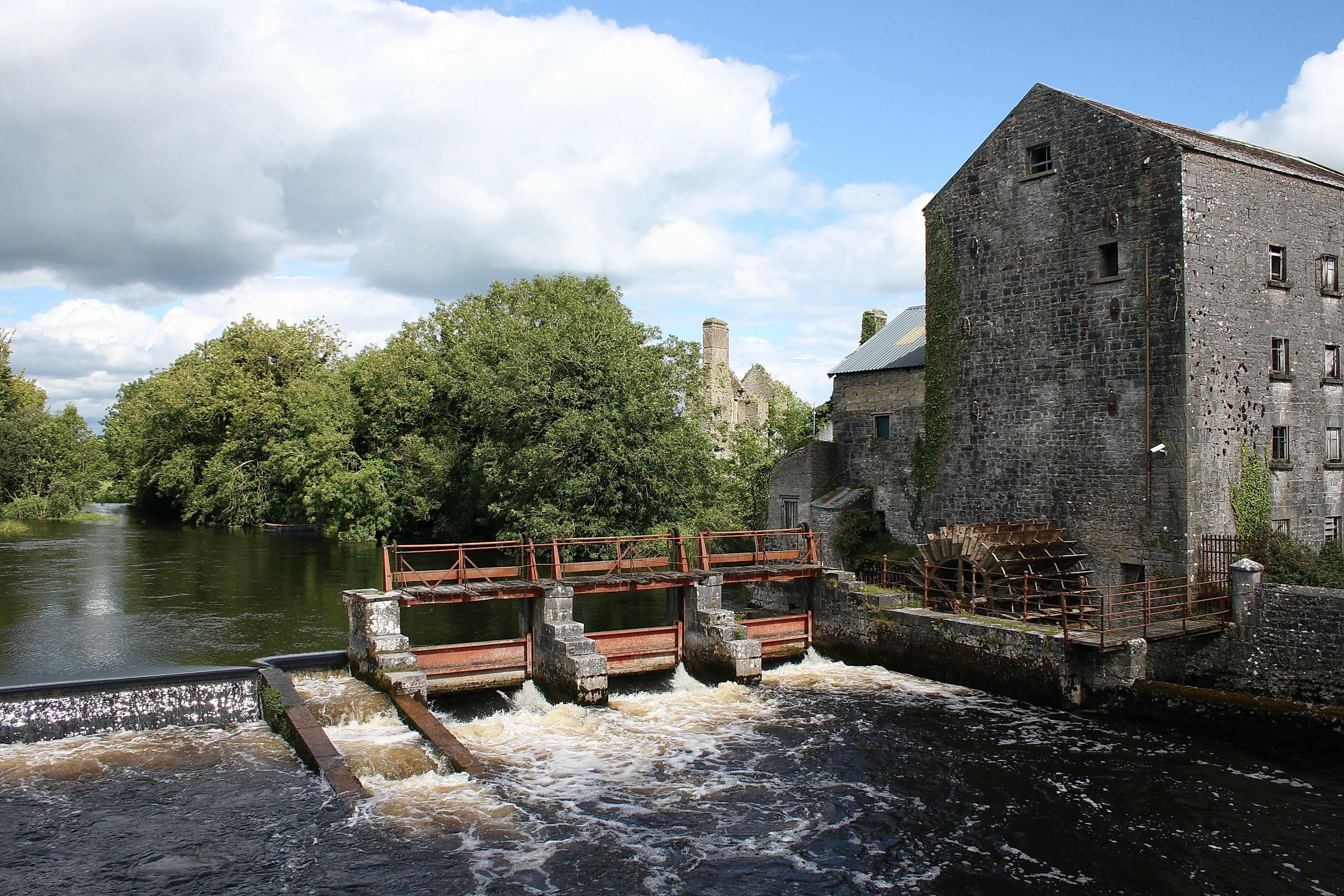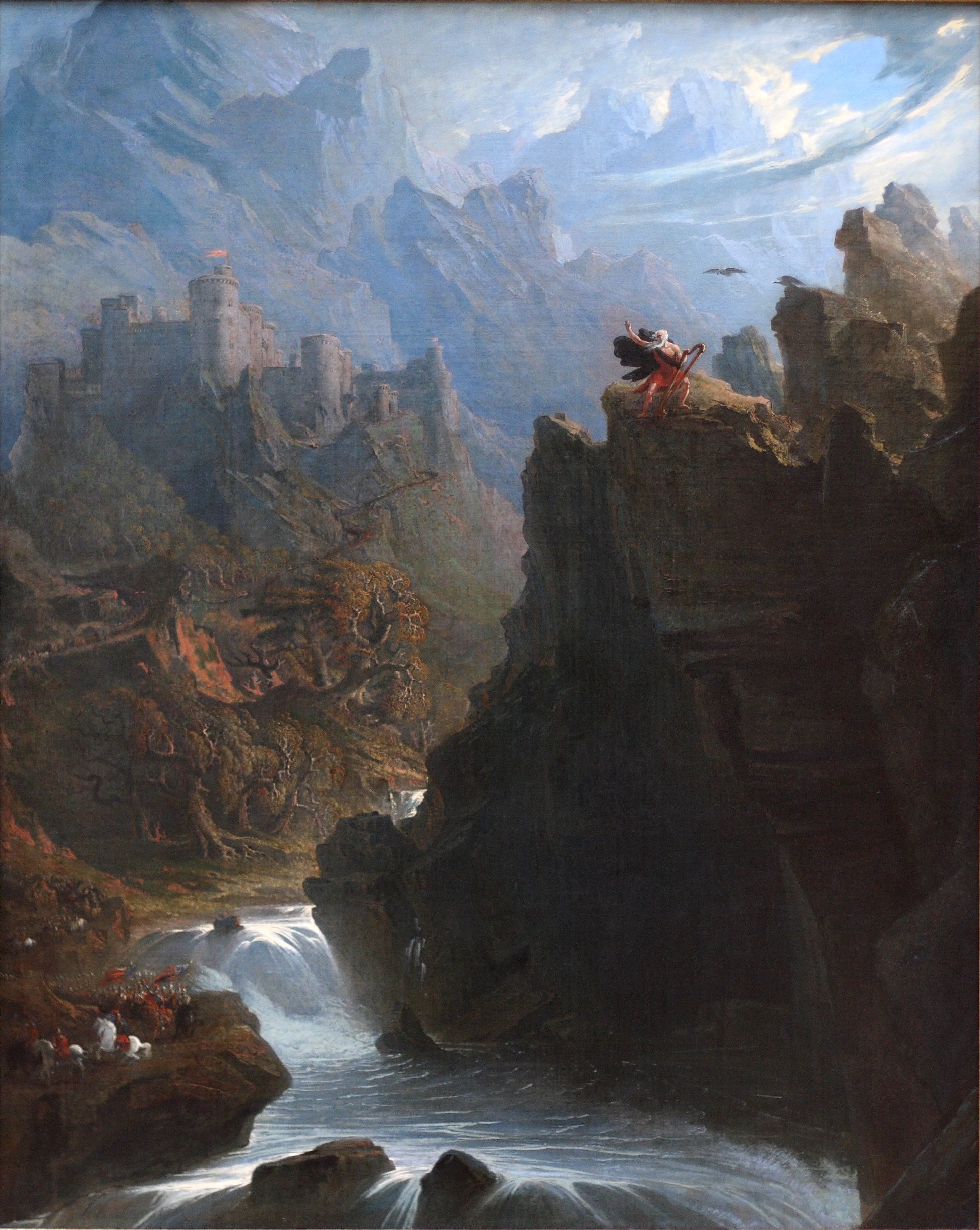|
Roscommon (barony)
Roscommon () is a barony in County Roscommon, Republic of Ireland. Etymology Roscommon barony is named after Roscommon town; however, it does not actually contain that town, which is located in Ballintober South. Geography Roscommon barony is located in the centre of County Roscommon, an area with many lakes including Lough Boderg. The only mountain is Slieve Bawn. History The Mag Oireachtaigh ( Mageraghtys) were rulers here of Clann Tomaltaigh and the Muintir Roduib. The Ó Fídhne (O'Feeney) were also in Roscommon barony. The O'Mulconaire were hereditary historians and bards. The Ó Maoilbhreanainn ( O'Mulrenan) sept were chiefs of Clann Chonchobhair (O'Conor). It is referred to in the topographical poem ''Tuilleadh feasa ar Éirinn óigh'' (Giolla na Naomh Ó hUidhrín, d. 1420): ''OMaoilbrenaiin co mbladaiḃ'' ''Ar Cloinn clármaoith Conċoḃair'' ''A maicne os gaċ droing do dliġ'' ''An aicme do Cloinn Chathail.'' ..''Ag Mág Oireaċtaiġ na n-each'' ''M ... [...More Info...] [...Related Items...] OR: [Wikipedia] [Google] [Baidu] |
Geraghty
Geraghty () and the variant Garaghty are Irish surnames, it was originally written in a Gaelic form as ''Mag Oireachtaigh'' (or MacGeraghty in English), the name is derived from the word "''oireachtach''," referring to a member of an assembly. The name of the modern national legislative body in Ireland, the Oireachtas comes from the same Gaelic root. History The MacGeraghty clan are descended from the Siol Muireadaigh of the Kingdom of Connacht, the same Gaelic lineage and homeland as the Ó Conchubhair dynasty. Their lands were originally situated in the Barony of Roscommon. They were rulers of Clann Tomaltaigh and the Muintir Roduib and are referred to in the topographical poem Tuilleadh feasa ar Éirinn óigh by Giolla na Naomh Ó hUidhrín. Members of this Clan are said to have named the island of Innis Murray after themselves as they were formerly chiefs of the Siol Murray. The MacGeraghty clan are associated with the Gaelic Kingdoms of Uí Briúin and Uí Maine, ... [...More Info...] [...Related Items...] OR: [Wikipedia] [Google] [Baidu] |
County Roscommon
"Steadfast Irish heart" , image_map = Island of Ireland location map Roscommon.svg , subdivision_type = Country , subdivision_name = Ireland , subdivision_type1 = Province , subdivision_name1 = Connacht , subdivision_type2 = Regions of Ireland, Region , subdivision_name2 = Northern and Western Region, Northern and Western , seat_type = County town , seat = Roscommon , leader_title = Local government in the Republic of Ireland, Local authority , leader_name = Roscommon County Council, County Council , leader_title2 = Dáil constituencies , leader_title3 = European Parliament constituencies in the Republic of Ireland, EP constituency , leader_name2 = Roscommon–Galway (Dáil constituency), Roscommon–Galway Sligo–Leitrim (Dáil constituency), Sligo–Leitrim , leader_name3 = Midlands–North-West (European Parliament constituency), Midlands–North-West , ... [...More Info...] [...Related Items...] OR: [Wikipedia] [Google] [Baidu] |
Tulsk
Tulsk () is a village in County Roscommon, Ireland, on the N5 national primary road between Strokestown and Bellanagare. It is 19 km north of Roscommon town. Heritage Near Tulsk is Cruachan, an Iron Age (Gaelic) royal palace. As recounted in the Táin Bó Cuailnge, it was the home of the Irish warrior Queen Medb (or Maeve), who was responsible for launching the Cattle Raid of Cooley. The palace may be one of Europe's most important and best-preserved Celtic Royal Sites. Modern science is shedding new light on the significance of this ancient landscape and the meaning of the 60 National Monuments found there. The results of Archaeological Surveys carried out by Prof. John Waddell, of National University of Ireland in Galway, are incorporated into the exhibition rooms at Cruachan Aí Heritage Centre. The book "Rathcroghan, Co Roscommon: archaeological and geophysical survey in a ritual landscape", by John Waddell, Joe Fenwick, and Kevin Barton, details significant and ... [...More Info...] [...Related Items...] OR: [Wikipedia] [Google] [Baidu] |
Strokestown
Strokestown ( ga, Béal na mBuillí), also known as Bellanamullia and Bellanamully, is a small town in County Roscommon, Ireland. It is one of the 27 designated Heritage Towns in Ireland. Located in the part of the country marketed for Destination marketing organization, tourism purposes as Ireland's Hidden Heartlands, it is from Dublin and from Galway. Strokestown is one of Ireland's few planned towns, showing evidence of deliberate planning, such as formally aligned streets and prominent public buildings. Features include the second-widest street in Ireland which measures 44.5 metres in width, and Strokestown Park, Strokestown Park House, an 18th-century mansion which is home to the National Famine Museum. Name "Strokestown" is a partial translation of the original Irish language name, Béal Atha na mBuillí, which meant "the mouth of the ford of the strokes"; "mouth" referred to the Bumlin River, running through the demesne. According to one theory, "strokes" refe ... [...More Info...] [...Related Items...] OR: [Wikipedia] [Google] [Baidu] |
Elphin, County Roscommon
Elphin (; ) is a small town in north County Roscommon, Ireland. It forms the southern tip of a triangle with Boyle and Carrick-on-Shannon to the north west and north east respectively. It is at the junction of the R368 and R369 regional roads. Ireland West Airport Knock is west of Elphin - approximately 40 minutes by road. History Elphin has historically been an important market town and the diocesan centre for the Diocese of Elphin. St Patrick is believed to have visited Elphin, consecrated its first church and ordained its first bishop, Asicus (subsequently the patron saint of Elphin). Information supporting the visitation of St Patrick is to be found in two important memorials of early Irish hagiography, the Vita Tripartita of St Patrick, and the "Patrician Documents" in the Book of Armagh. On his missionary tour through Connacht in 434 or 435, St Patrick came to the territory of Corcoghlan, present day Elphin. The chief of that territory, a noble Druid named Ono, ... [...More Info...] [...Related Items...] OR: [Wikipedia] [Google] [Baidu] |
Giolla Na Naomh Ó HUidhrín
Giolla na Naomh O hUidhrin, Irish historian and poet, died 1420. O hUidhrin is known as the author of ''Tuilleadh feasa ar Éirinn óigh'', a topographical poem of a kind with Seán Mór Ó Dubhagáin's '' Triallam timcheall na Fodla'', of which it is a supplement. Although his obit is noted in all the main Irish annals A number of Irish annals, of which the earliest was the Chronicle of Ireland, were compiled up to and shortly after the end of the 17th century. Annals were originally a means by which monks determined the yearly chronology of feast days. Over t ..., indicating he was regarded as a noteworthy man, nothing further is known of him. References * ''O hUidhrin, Giolla-na-naomh'', Aidan Breen, in ''Dictionary of Irish Biography'', p. 574, Cambridge, 2009. 15th-century Irish historians 15th-century Irish poets 1420 deaths Year of birth unknown Irish male poets Irish-language writers {{Ireland-historian-stub ... [...More Info...] [...Related Items...] OR: [Wikipedia] [Google] [Baidu] |
Tuilleadh Feasa Ar Éirinn óigh
Tuilleadh feasa ar Éirinn óigh ("More knowledge on the entirety of Ireland") is a medieval Gaelic-Irish topographical text, composed by Giolla na Naomh Ó hUidhrín (died 1420). Overview ''Tuilleadh feasa ...'' is both a supplement and a continuation of Seán Mór Ó Dubhagáin's '' Triallam timcheall na Fodla''. Of the two, James Carney wrote: * "These two poems together constitute a compendium of the topography of pre-Norman Ireland, as seen, however, by poets who lived two centuries after the invasion. ''Triallam timcheall na Fodla'' ... is an account of the territories of the northern half of Ireland and Leinster, indicating the ruling family or families of each district. ''Tuilleadh feasa ar Éirinn óigh'' ... treats in similar fashion of the southern half of Ireland, including Leinster, of which we have therefore two independent accounts. The introductory stanzas of Ó hUidhrín's poem, in which he defines the scope of his work and its relation to that of his predecessor ... [...More Info...] [...Related Items...] OR: [Wikipedia] [Google] [Baidu] |
O%27Conor
The O'Conor family (Middle Irish: ''Ó Conchubhair''; Modern ga, Ó Conchúir) are an Irish noble house and were one of the most influential and distinguished royal houses in Ireland. The O'Conor family held the throne of the Kingdom of Connacht up until 1475. Having ruled it on and off since 967, they ruled continuously from 1102 to 1475. Moreover, the O'Conor parent house the Uí Briúin and Síol Muireadaigh ruled Connacht on many occasions – but not continuously – between 482 and 956. The house of O'Conor also produced two High Kings of Ireland, Tairrdelbach Ua Conchobair and his son Ruaidrí Ua Conchobair, the last High King of Ireland. The family seat is Clonalis House outside Castlerea in County Roscommon. The current O'Conor Don is Desmond O'Conor (b. 22 September 1938) who lives in Rotherfield, East Sussex in England. History The Ó Conor ''Don'' is the head of a lineage which provided about one hundred Kings of Connacht, thirty Chiefs of the Name and two High ... [...More Info...] [...Related Items...] OR: [Wikipedia] [Google] [Baidu] |
Brennan (surname)
Brennan is an Irish surname which is an Anglicised form of two different Irish language surnames—Ó Braonáin and Ó Branáin. Historically, one source of the surname was the prominent clan Ua Braonáin (O'Brennan) of Uí Duach (Idough) in Osraige who were a junior Dál Birn sept stemming from a younger son of Cerball mac Dúnlainge (d.888). Recent surname evaluations highlighted the geographic consistency of this lineage in the barony of Idough. However, based on the ultimate authority of Dubhaltach Mac Fhirbhisigh they are out of Ui Dhuinn (O’Dunn) and, therefore, an Uí Failghi tribe, not Osraige. While it is clearly apparent that O’Hart’s pedigree is erroneous, it is suggested that Ó Cléirigh probably became confused while transcribing from Mac Fhirbhisigh. This is echoed by the modern scholar, Bart Jaski. The Irish surname ''Ó Braonáin'', means "descendant of '' Braonán''". The personal name ''Braonán'' is derived from a word which means "moisture", "drop". T ... [...More Info...] [...Related Items...] OR: [Wikipedia] [Google] [Baidu] |
Bard
In Celtic cultures, a bard is a professional story teller, verse-maker, music composer, oral historian and genealogist, employed by a patron (such as a monarch or chieftain) to commemorate one or more of the patron's ancestors and to praise the patron's own activities. With the decline of a living bardic tradition in the modern period, the term has loosened to mean a generic minstrel or author (especially a famous one). For example, William Shakespeare and Rabindranath Tagore are respectively known as "the Bard of Avon" (often simply "the Bard") and "the Bard of Bengal". Oxford Dictionary of English, s.v. ''bard'', n.1. In 16th-century Scotland, it turned into a derogatory term for an itinerant musician; nonetheless it was later romanticised by Sir Walter Scott (1771–1832). Etymology The English term ''bard'' is a loan word from the Celtic languages: Gaulish: ''bardo-'' ('bard, poet'), mga, bard and ('bard, poet'), wlm, bardd ('singer, poet'), Middle Breton: ''barz'' ('m ... [...More Info...] [...Related Items...] OR: [Wikipedia] [Google] [Baidu] |
Historian
A historian is a person who studies and writes about the past and is regarded as an authority on it. Historians are concerned with the continuous, methodical narrative and research of past events as relating to the human race; as well as the study of all history in time. Some historians are recognized by publications or training and experience.Herman, A. M. (1998). Occupational outlook handbook: 1998–99 edition. Indianapolis: JIST Works. Page 525. "Historian" became a professional occupation in the late nineteenth century as research universities were emerging in Germany and elsewhere. Objectivity During the ''Irving v Penguin Books and Lipstadt'' trial, people became aware that the court needed to identify what was an "objective historian" in the same vein as the reasonable person, and reminiscent of the standard traditionally used in English law of "the man on the Clapham omnibus". This was necessary so that there would be a legal benchmark to compare and contrast the scholar ... [...More Info...] [...Related Items...] OR: [Wikipedia] [Google] [Baidu] |





